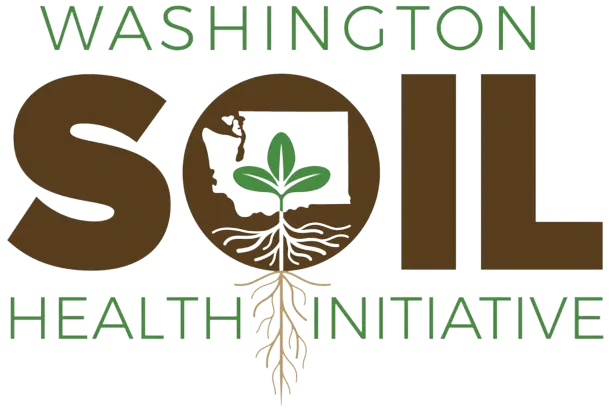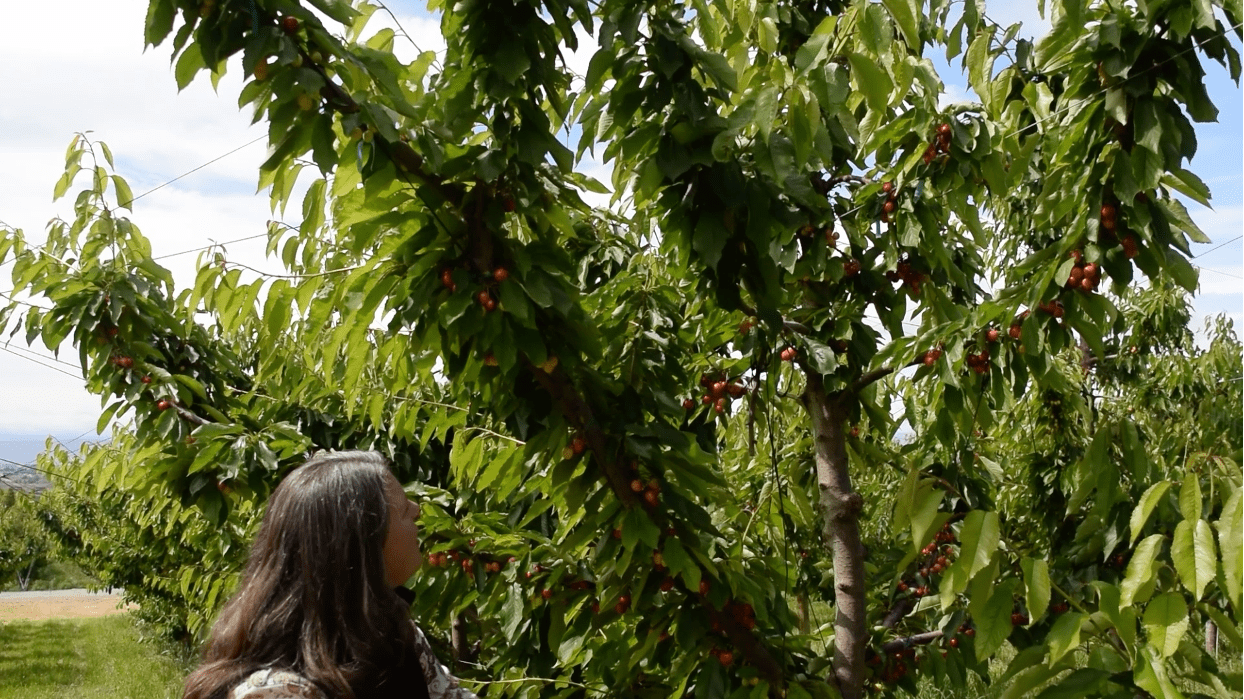
©
Soil Health Ambassador: Casey Vetsch—Biochar in Orchards
Casey Vetsch blends her background in natural medicine and agriculture to explore biochar amendments in Yakima Valley orchards
June 13, 2024
Author: Leslie Michel with quotes from Casey Vetsch
Quality Assurance Specialist, Casey Vetsch has been working with apples and cherries for the past four years. Casey helps manage approximately 7000 acres of orchard in the Yakima Valley. Casey grew up on a farm in the Yakima Valley and studied natural medicine in college. She’s worked in a few small apothecaries making natural medicine and interned at an herbal medicine farm.
Casey’s experience with both natural medicine and agriculture gives her a passion for soil health and the similarities between soil and human health. She has been interested in activated carbon and using it for different applications; one of those applications is as a soil amendment. Casey was introduced to using activated carbon as a soil amendment in 2006 while attending Bastyr University during an organic gardening course.
“Soil and plants have a microbiome, not incredibly different to our own. Biochar can be a great housing system for the beneficial microbial (bacterial and mycorrhizal) communities found in the soil that are greatly needed by plants for healthy systems.
I always think of young athletes—if they are fed a diet of soda pop and potato chips, they will most likely have an unhealthy gut microbiome, which inevitably will lead to wearing down of the system prematurely. While on the other hand, athletes that consume a wide variety of nutrients and 'real, whole' foods, the chances of them fighting off and recovering much better from injury and illness."
"We must start looking at the system as a whole and farming from a wholistic approach for both the farmer and the environment.”
How have you started applying biochar?
[Biochar] is a relatively new idea, people are using it, but figuring out how to apply it on a large scale and to permanent crops has been a bit of a challenge. To apply the biochar, we banded it in and then tilled it into the top 12 inches. This is expensive, especially in a hard year. We were trying to figure out how to make it accessible no matter what size farm you have—no matter how much equipment you have. Without having to use extra equipment, we went ahead and let the equipment do the work itself as a dual purpose. As far as the banding, we ran, we ran it down the sides of the trees and then just went in with a small tiller.
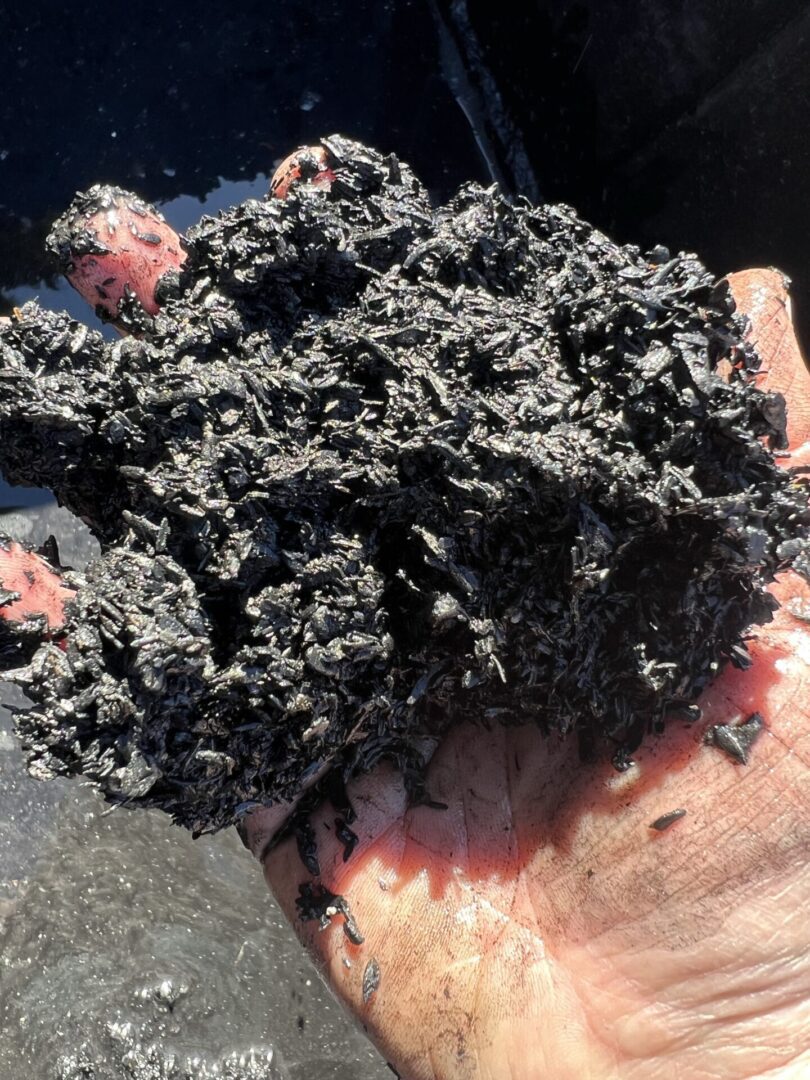
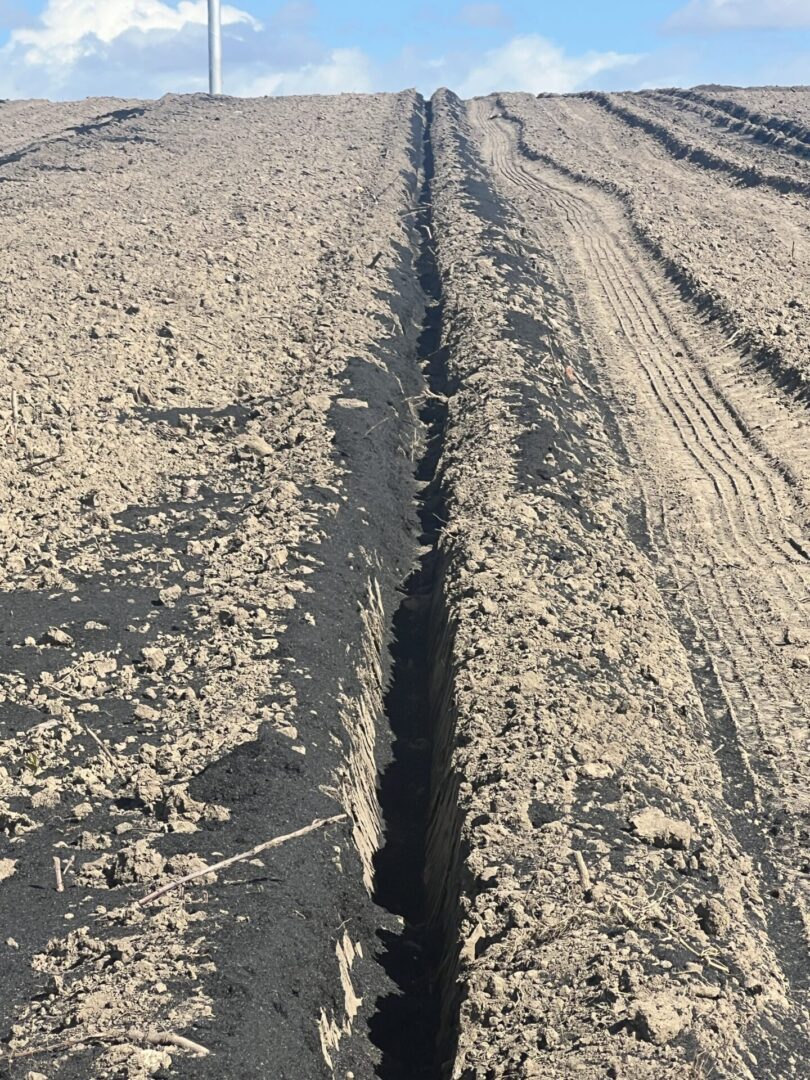
What have been some of the challenges with applying biochar?
What I've found in playing with biochar is the smaller the particle size, the faster it will take nutrients away from the plant, grabbing and holding onto nutrients that would otherwise be available to the plants. Particle size should be considered when deciding on application rates. If you put raw biochar down and it's not charged, meaning it's not pre-infused with nutrients, it will pull nutrients away from the tree and hold onto them. The higher the application rate and the smaller the particle size, the more potential there is for a deficiency. With a larger particle size, this process won't happen as rapidly, giving the trees and the soil a little more time to balance out.
What would you tell other growers interested in experimenting with biochar?
Before you invest in a biochar product, it’s a good idea to learn about it. You should ask for a character analysis to gain insight so that you know exactly what the product is composed of. Anyone who is making biochar on a commercial scale can walk you through their process and trails. They will give you the best suggestions on how to apply.
I have seen farmers that produce their own biochar, and the particle size is much larger, anywhere from the size of a pea to the size of a walnut. The larger chunks will take much longer to become fully saturated. This will happen slower and overtime, but I highly suggest charging it prior to amending the soil with it.
The two easiest ways to charge it is to either add it to a compost pile and let it charge while the pile is composting, add a 50/50 compost/biochar mix and allow it to sit for a few weeks or make a compost tea.
I have used wood feedstock, like orchard waste, and even timber waste feedstock. I have also used biochar made from coco coir and wheat chaff feedstock and they are not all created equal. They're very different.
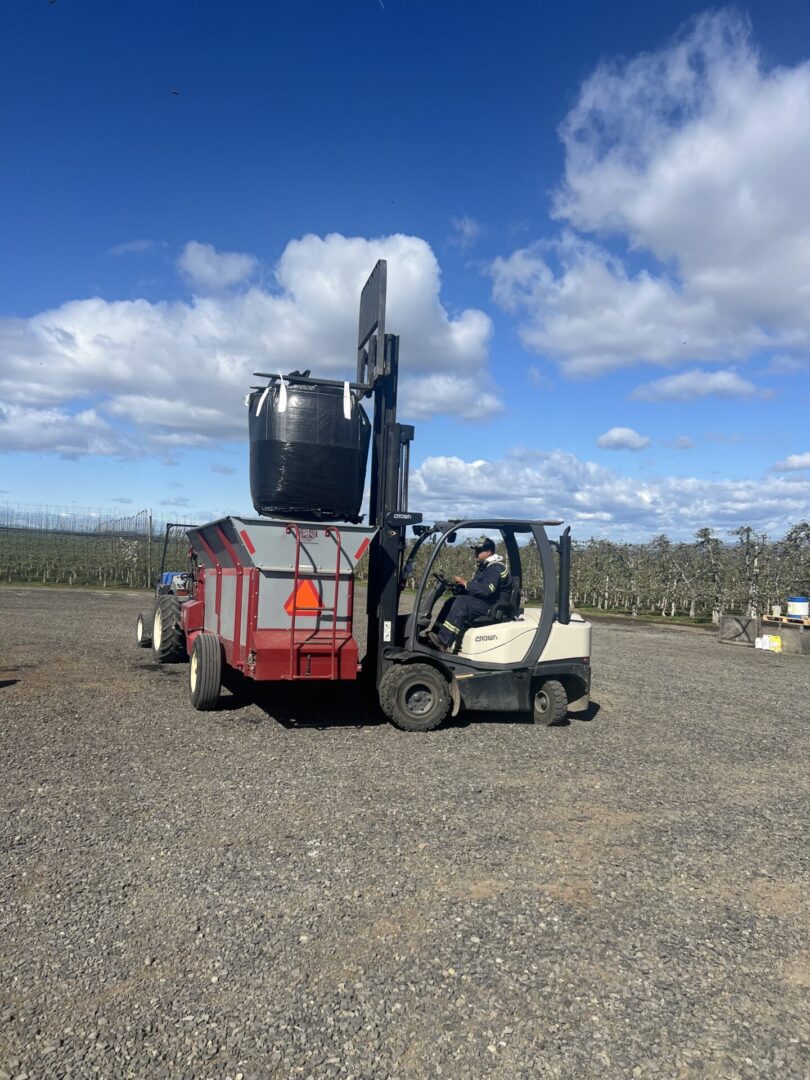
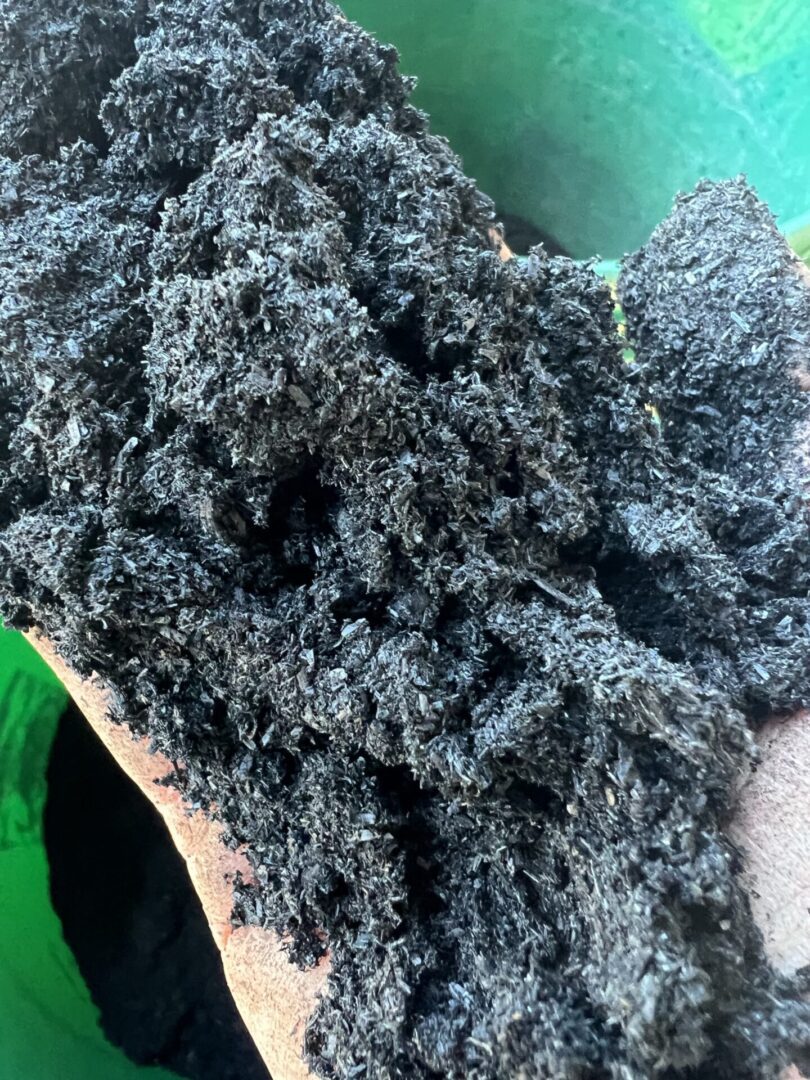
Any final thoughts on soil health?
If we are going to set up a trial the first thing we do is decide what metrics we are interested in tracking. We choose the location, implement the practice, track all the costs and testing; keeping all records and data; for really several years in permanent crops. Once we look at yields, quality, inputs etc. and see if the practice was beneficial, that’s where the rubber meets the road.
I think one of the things we forget also is that there are a lot of people who have already done this work. There's a lot of good research out there. Take the time to start digging and make phone calls to someone who's doing research that you're interested in. Reach out to your local extension or your land grant universities. Get interested in something, go put in the legwork, make a lot of phone calls, and get some good books.
Casey’s book recommendations:
Teaming With Microbes: The Organic Gardner's Guide to the Soil Food Web. Lowenfels, J., Lewis, W.
The Living Soil Handbook; Frost, J.
Mineral Nutrition and Plant Disease; Datnoff, L. E., Elmer, W. H., Rodrigues, F. A.
Additional biochar resources:
Pacific Northwest Biochar Atlas
Biochar promotes soil organic carbon sequestration and reduces net global warming potential in apple orchard: A two-year study in the Loess Plateau of China. Han, J., Zhang, A., Kang, Y., Han, J., Yang, B., Hussain, Q., Wang, X., Zhang, M., Khan, M.A. (2022)
Biochar influences soil health but not yield in 3-year processing tomato field trials. Gelardi, D. L., Rath, D., Barbour, A., Scow, K. M., Geisseler, D., & Parikh, S. J. (2024).
Biochar Media Addition Impacts Apple Rootstock Growth and Nutrition. Street, T. A., Doyle, R. B., & Close, D. C. (2014).
Want to connect with Casey?
Fill out the form below

Leslie Michel
Leslie works with counties on the Voluntary Stewardship Program through the Washington State Department of Agricutlure, providing technical support on their monitoring plans. She also assists with the Washington Soil Health Initiative and Sustainable Farms and Fields program by providing support for soil sampling.
This article was published by the Washington Soil Health Initiative. For more information, visit wasoilhealth.org. To have these posts delivered straight to your inbox, subscribe to the WaSHI newsletter. To find a soil science technical service provider, visit the Washington State University Extension website or the Washington State Conservation District website.

